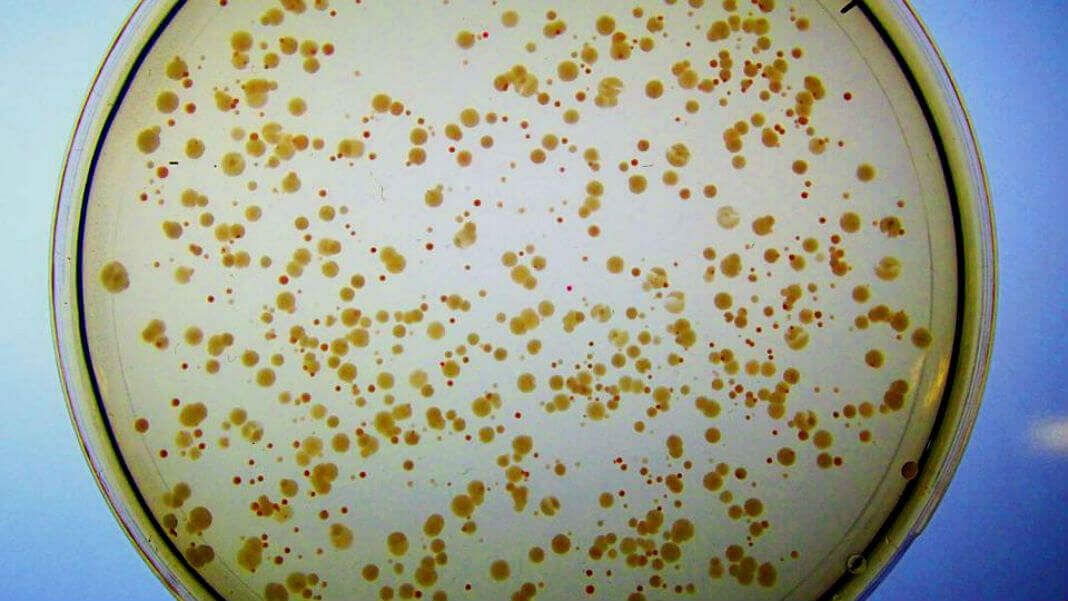Ann Donnelly was utterly confused the first time she examined her protein. On all counts, it behaved like an enzyme—a protein catalyst that speeds up biological reactions in cells. One could argue that enzymes, sculpted by eons of evolution, make life possible.
There was just one problem: her protein wasn’t evolved. It wasn’t even “natural.” It was, in fact, a completely artificial construct made with random sequences of DNA—something that’s never existed in nature before.
Donnelly was looking at the first artificial enzyme. An artificial protein that, by all accounts, should not be able to play nice with the intricate web of biochemical components and reactions that support life.









Comments are closed.